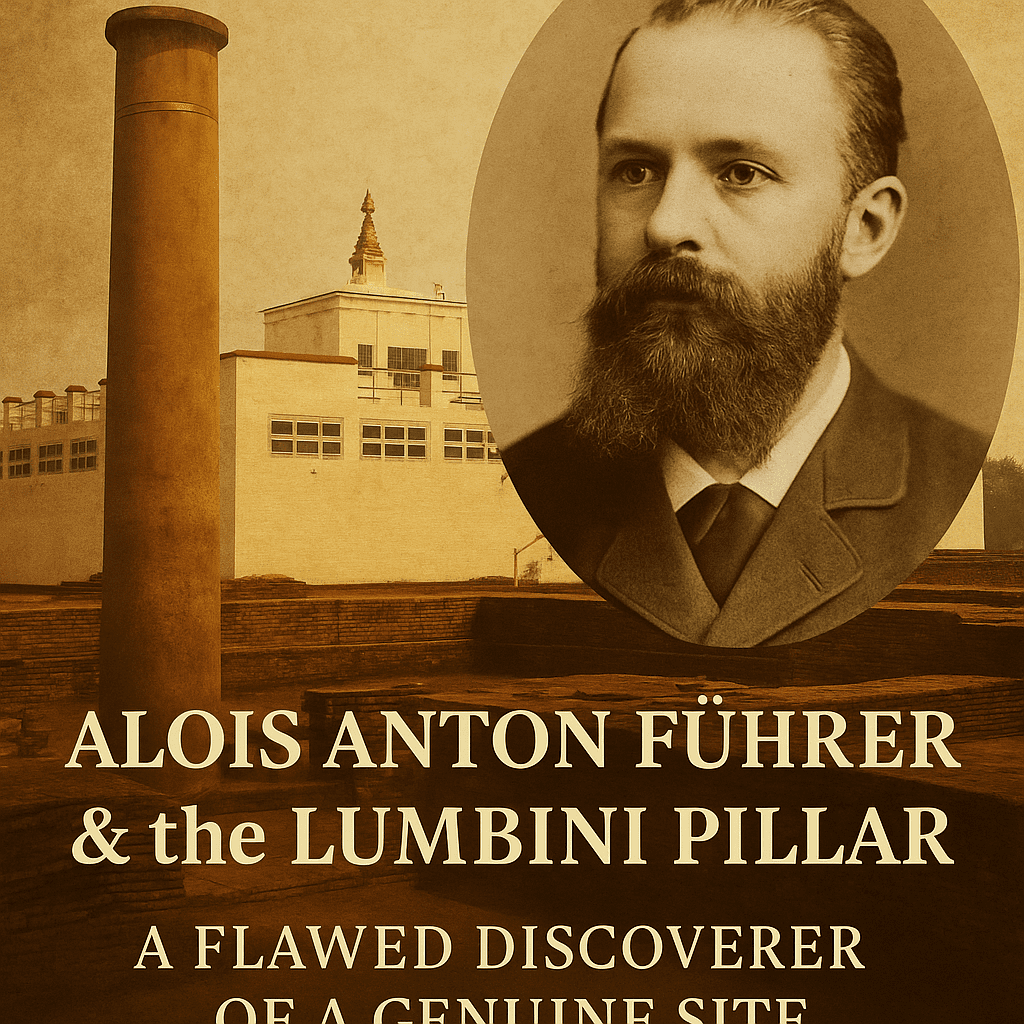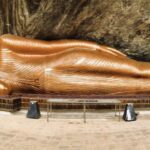1. Who Was Alois Anton Führer?
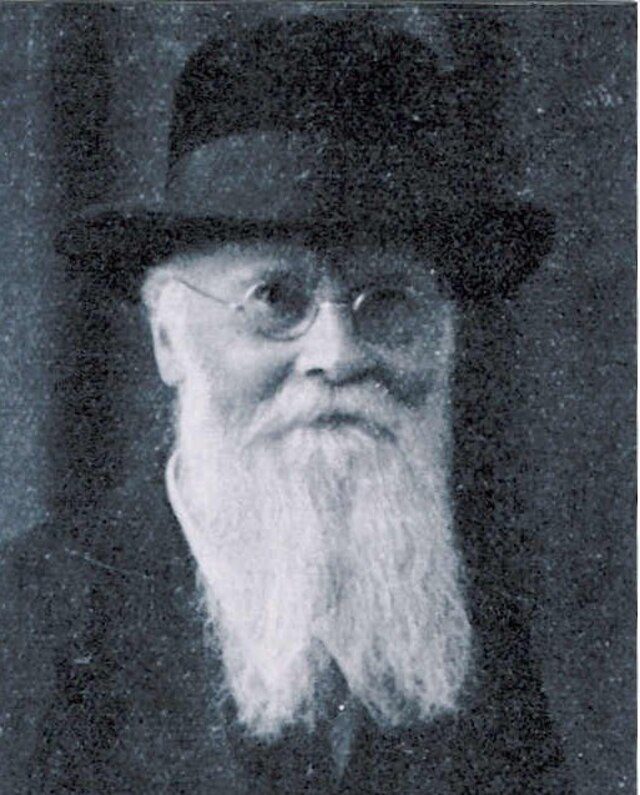
Disclaimer: Image sourced via Google Images. All rights belong to the respective copyright holders. If you are the owner of this image and would like it removed or properly credited, please contact us.
Alois Anton Führer (1853–1930) was a German archaeologist and Indologist who worked for the British Archaeological Survey of India in the late 19th century. Originally trained in theology and Indology, Führer entered the Indian archaeological scene with promise but quickly became one of its most controversial figures due to a series of forgeries and academic misconduct.
2. The Discovery of the Lumbini Pillar
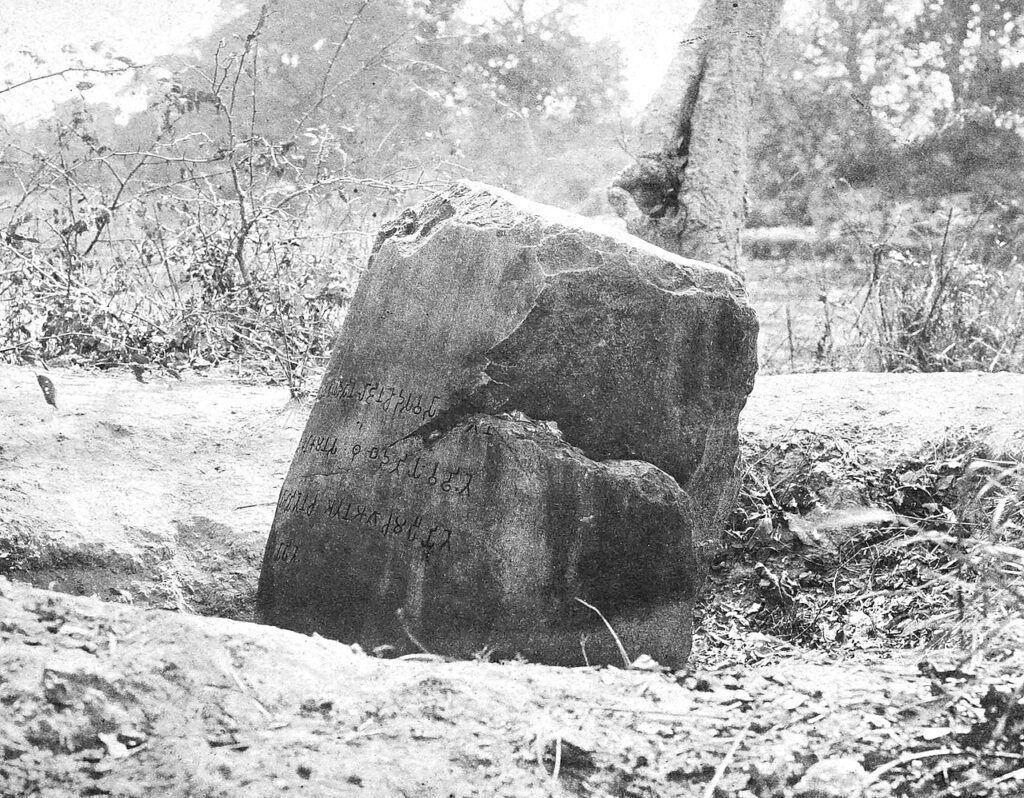
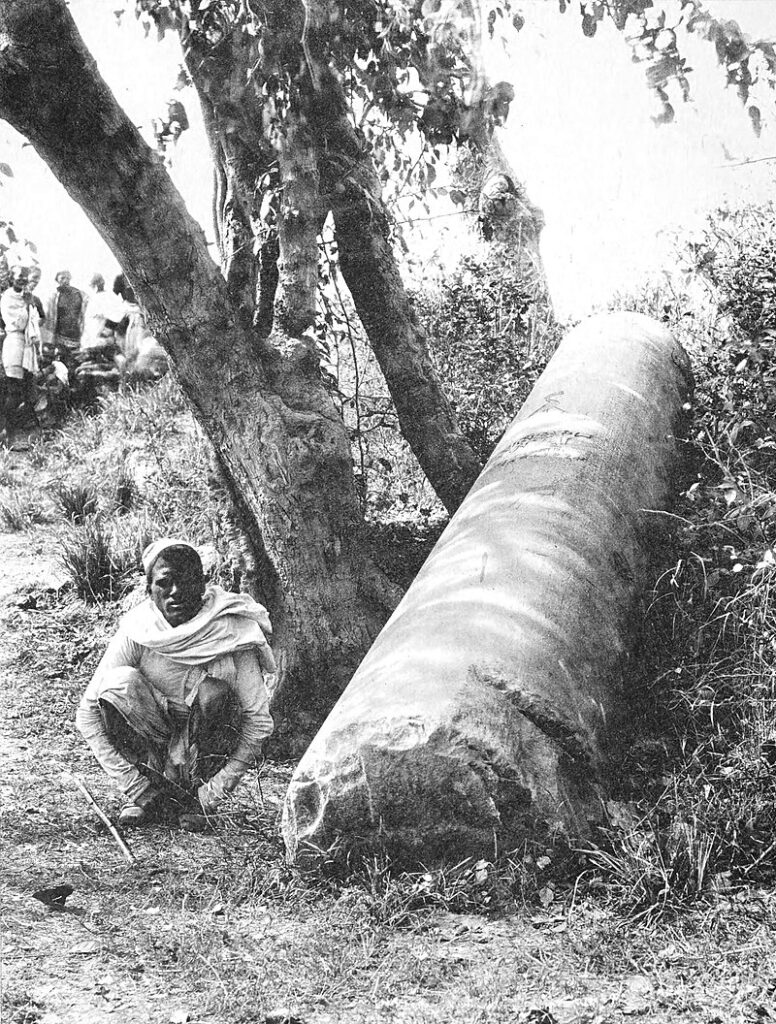
Disclaimer: Image sourced via Google Images. All rights belong to the respective copyright holders. If you are the owner of this image and would like it removed or properly credited, please contact us.
In 1896, Führer accompanied Nepalese General Khadga Shamsher Rana to a site near the Nepalese village of Lumbini, where they uncovered a buried stone pillar. Upon excavation, they found an inscription attributing the site as the birthplace of Siddhartha Gautama, the Buddha.
The inscription, written in Brahmi script, records that Emperor Ashoka visited the site around 249 BCE and erected the pillar to commemorate the Buddha’s nativity. This pillar is today widely regarded as one of the most significant archaeological confirmations of the Buddha’s life, linking the historical figure to a geographical location.
3. Controversies and Forgeries
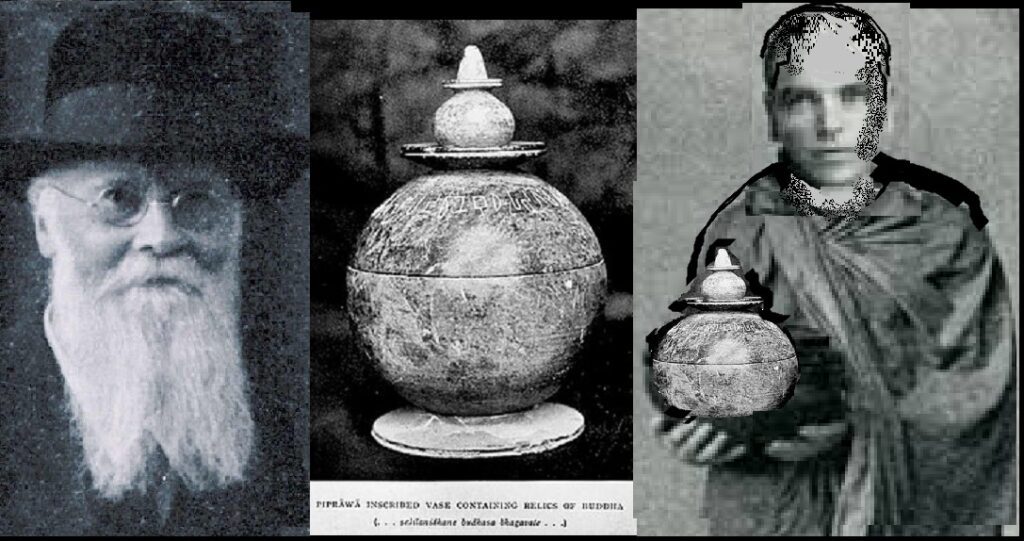
Disclaimer: Image sourced via Google Images. All rights belong to the respective copyright holders. If you are the owner of this image and would like it removed or properly credited, please contact us.
Despite his involvement in the Lumbini discovery, Führer was later discredited for numerous acts of academic fraud:
- He forged several inscriptions and fabricated entire sites, especially in places like Sagarwa and Nigali Sagar.
- He created fake Buddha relics and passed them off to Burmese monks.
- Some of his writings were found to be plagiarized from other scholars such as Bühler.
By 1898, his misconduct led to a formal investigation, and he was forced to resign from the Archaeological Survey of India. These revelations severely damaged his credibility.
4. Are His Discoveries Reliable?
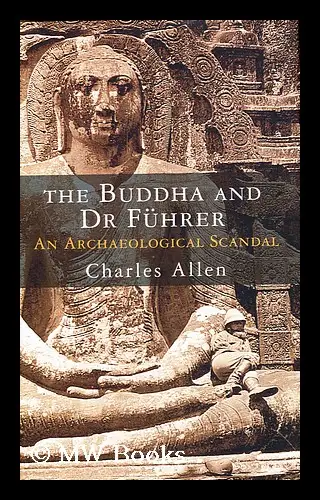
Disclaimer: Image sourced via Google Images. All rights belong to the respective copyright holders. If you are the owner of this image and would like it removed or properly credited, please contact us.
Surprisingly, despite Führer’s tarnished reputation, the Lumbini pillar inscription itself is considered genuine by modern scholars:
- Vincent Arthur Smith, who exposed many of Führer’s forgeries, affirmed the authenticity of the Lumbini and Nigali-Sagar inscriptions.
- Harry Falk, a leading expert on Ashokan inscriptions, confirmed that the Brahmi script used on the Lumbini pillar contains stylistic features from the 3rd century BCE, which Führer would not have been capable of forging.
- Charles Allen, in his book The Buddha and Dr. Führer: An Archaeological Scandal, acknowledges that while Führer was involved in serious fraud, the Lumbini pillar discovery remains authentic and important.
5. Summary for Historical Context
Führer’s story is complex: he was a deeply flawed individual involved in dishonest practices, yet he played a part in uncovering one of the most vital Buddhist heritage sites. The Lumbini Ashokan pillar is authentic, and its inscription is considered a reliable source confirming the Buddha’s historical presence in the region.
However, Führer’s legacy serves as a cautionary tale. While we may trust the inscription due to script analysis and scholarly validation, his broader body of work is riddled with falsification. Any claims he made beyond Lumbini should be met with rigorous skepticism and independent verification.
Sources:
- Wikipedia: Alois Anton Führer, Lumbini pillar inscription
- Charles Allen, The Buddha and Dr. Führer: An Archaeological Scandal
- Harry Falk, Ashokan Inscriptions Analysis
- Vincent Arthur Smith, Indian Archaeological Survey Reports

